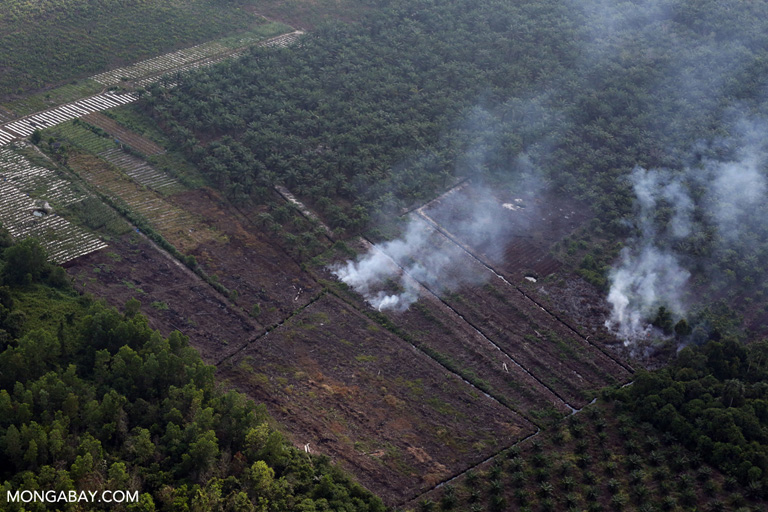- One major goal of the Paris Agreement is to reduce carbon emissions and keep global temperature averages from rising more than 2 degrees Celsius.
- To track the world’s progress to the 2-degree threshold, climate scientists use a temperature baseline set in the late 1800s.
- But a new study finds this baseline measurement may not actually represent the global temperature average prior to the beginning of human-cased warming. Its authors say an older baseline would be more accurate.
- If correct, the researchers’ findings mean the world has warmed as much as 0.2 degrees Celsius over previous estimates, and that 40 percent less carbon would need to be burned to reach current emissions reduction targets.
As nations attempt to hedge against the worst effects of global warming by scaling back their carbon emissions, a new study is questioning the accuracy of a pivotal “pre-industrial” measurement used as a baseline in pursuit of this goal.
As signatories of the 2016 Paris Agreement, 196 nations pledged to reduce their greenhouse gas emissions to keep global temperature averages from rising more than 2 degrees Celsius over a baseline measured in the late 1800s. (That number is set to drop to 195 after U.S. president Donald Trump announced his decision to pull his country out of the Agreement.)
This baseline is used by climate scientists because it represents a temperature thought to be largely uninfluenced by the human activities that are causing climate change. But the results of the study, published this week in Nature Climate Change, indicate that human civilizations were releasing enough greenhouse gases prior to the late 1800s to change global temperature averages.
It claims a true pre-industrial value likely lies further back in time, which means we may be further along the path to 2 degrees than we thought.
“When the [Intergovernmental Panel on Climate Change (IPCC)] says that we’ve warmed 1 degree C (1.8 degrees F) relative to pre-industrial, that’s probably incorrect. It’s likely as much as 1.2 degrees C (2.16 degrees F),” said coauthor Michael Mann, professor and director of the Earth System Science Center at Pennsylvania State University in the U.S.

Part of the reason why a late-1800s temperature is used as the baseline is because the technology required to accurately measure temperature wasn’t available until then. But with modern advancements, scientists can model temperatures much further back. They can also analyze the carbon dioxide content of air bubbles that became trapped in ice cores hundreds of years ago.
By doing so, scientists discovered that greenhouse gas emissions really started increasing in the 1750s. Today’s level stands at around 410 parts per million (ppm) over the pre-industrial baseline of 280 ppm; Mann told E&E News that extending this timeline back to when CO2 started climbing may mean there’s another 30 to 40 ppm in the atmosphere that was previously not taken into consideration.
And this, Mann and his colleagues write, may mean that the world may be overestimating the time it has to stabilize its atmospheric carbon load if it’s to stay at less than 2 degrees of warming.
“The IPCC research community uses a definition of preindustrial that is likely underestimating the warming that has already taken place,” said Michael Mann, distinguished professor of atmospheric science and director, Earth System Science Center, Penn State. “That means we have less carbon to burn than we previously thought, if we are to avert the most dangerous changes in climate.”
So how much less carbon can we burn and still stay within the 2-degree limit? Forty percent less, Mann said. In other words, nations would need to nearly halve their emissions reduction targets if the Paris goal is to be achieved, according to this study.
“Either the Paris targets have to be revised,” Mann said. “Or, alternatively, we decide that the existing targets really were meant to describe only the warming since the late 19th century.”
FEEDBACK: Use this form to send a message to the editor of this post. If you want to post a public comment, you can do that at the bottom of the page.














